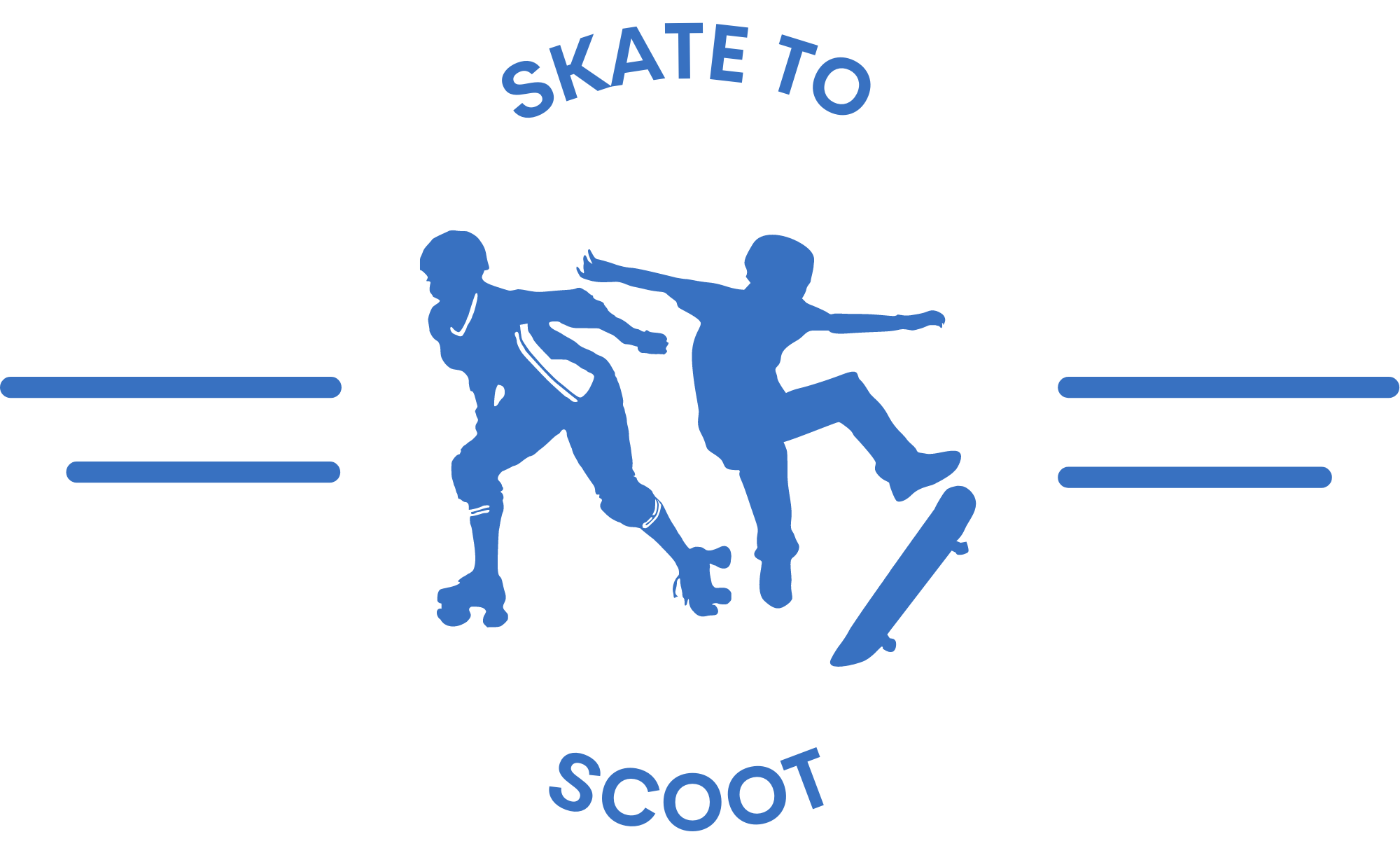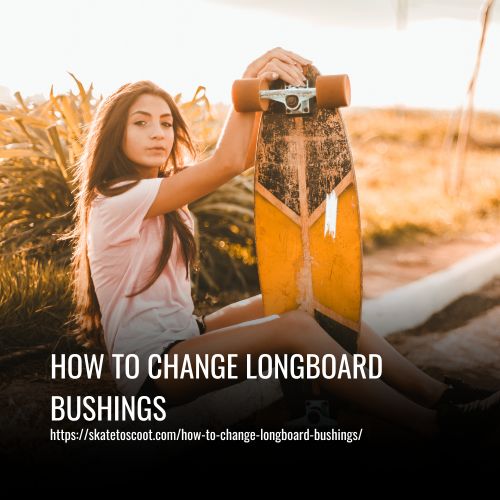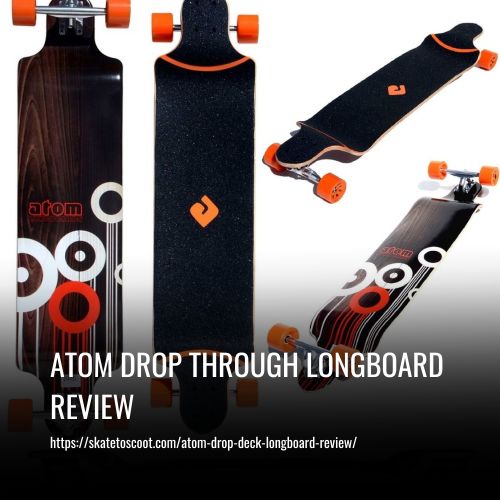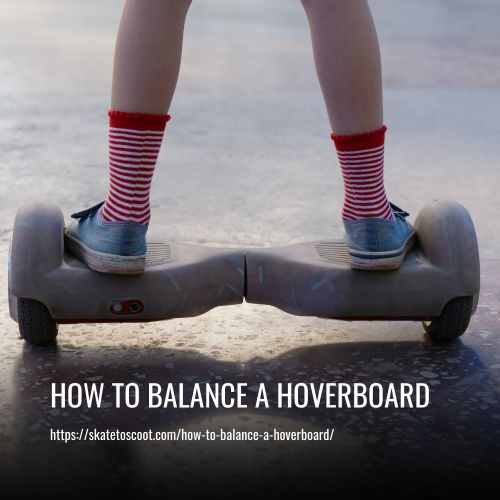As an Amazon Associate we earn from qualifying purchases.
Speed wobbles occur when the wheels of your longboard start to shake uncontrollably, making it difficult to maintain your balance. It’s a common problem that can happen to anyone, but there are steps you can take to prevent it from happening or minimize its effects. By understanding the causes of speed wobbles and implementing the right techniques, you’ll be able to enjoy a smooth and stable ride every time.
To Avoid Speed Wobbles Longboard, Follow These Steps:
- Adjusting the truck’s tightness
- Installing the right bushings
- Moving the right way
- Having the right position
- Distributing your weight
- Slowing down
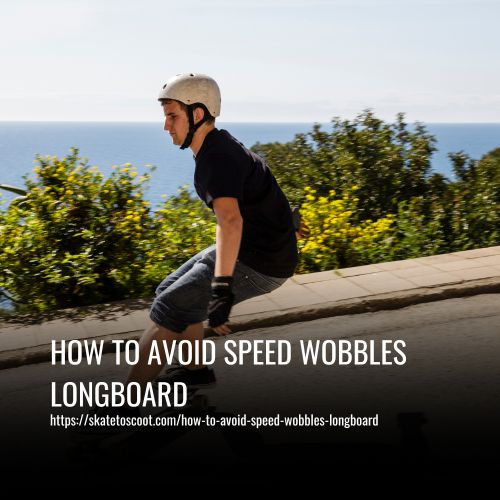
How To Avoid Speed Wobbles Longboard
- Adjusting the truck’s tightness: One of the main causes of speed wobbles is loose trucks. By tightening the kingpin nut, you can increase the stability of your longboard. Use a T-tool or wrench to adjust the tightness of your trucks based on your riding style and personal preference.
- Installing the right bushings: Bushings play a crucial role in preventing speed wobbles. Choose bushings that match your weight and riding style. Heavier riders may need stiffer bushings to maintain stability, while lighter riders may prefer softer options. Experiment with different durometer ratings to find the perfect balance for your longboard.
- Moving the right way: To maintain control and stability, keep your upper body relaxed and stable while riding. Avoid sudden movements and unnecessary jerks, as they can lead to speed wobbles. Focus on maintaining a smooth and consistent riding motion.
- Having the right position: Proper foot placement is essential in controlling speed wobbles. Keep your rear foot closer to the back trucks to enhance stability. Distribute your weight evenly between both feet and maintain a slightly crouched position to lower your center of gravity.
- Distributing your weight: Maintaining proper weight distribution is crucial in preventing speed wobbles. Avoid leaning too far forward or backward, as it can shift your center of gravity and destabilize the longboard. Keep your body centered and balanced over the board to stay in control.
- Slowing down: If you feel speed wobbles starting to occur, gradually reduce your speed. This can be done by carving or performing a controlled speed check. The key is to avoid sudden braking or jerky movements that could worsen the wobbles.
By following these tips and practicing good riding techniques, you can greatly reduce the risk of speed wobbles on your longboard. Remember to always wear appropriate protective gear and gradually build your riding skills to improve control and stability.
What Are Speed Wobbles
Speed wobbles are a common occurrence in longboarding that can cause loss of control and lead to dangerous accidents. They are characterized by an uncontrollable shaking or oscillation of the board at high speeds. Speed wobbles typically occur when a slight sideways movement of the board triggers the rear truck to oscillate.
When riders experience speed wobbles, their instinct is to counter the shaking with quick turns in an attempt to regain control. However, this reactive movement only amplifies the wobbling, making it even more difficult to stabilize the board. Ultimately, if not properly managed, the board can run off from under the rider’s feet, resulting in a fall.
To avoid speed wobbles, riders should focus on several key factors. Firstly, maintaining a stable center of gravity is crucial. Riders should distribute their body weight properly and avoid improper weight displacement, especially toward the rear foot. Additionally, foot placement on the board is important, as keeping the feet in the right position can help maintain balance and control.
Another key aspect is ensuring the trucks of the longboard are properly set up. Loose trucks can contribute to wobbling, so adjusting the tightness of the truck hanger and tightening the truck can help improve stability. Furthermore, experimenting with different truck angles and using trucks with appropriate degree baseplates can contribute to a more stable ride.
What Causes Speed Wobbles: A Quick Breakdown
Speed wobbles can be a terrifying experience for longboard riders, but understanding the causes behind them can help you avoid this dangerous situation. Here are the key factors that can trigger speed wobbles:
- Uncontrolled Speed: Speed wobbles typically occur when you’re traveling at high speeds. Whether you’re riding downhill or racing, excessive speed can increase the likelihood of wobbling and make it harder to maintain control.
- Loose Trucks: The trucks on your longboard play a crucial role in its stability. Loose trucks, especially in the rear, can contribute to speed wobbles. It’s not just about the looseness of the trucks but also about finding the right balance of sensitivity between the front and rear trucks. If the front truck is tighter or looser than the rear truck, it can cause violent fishtailing and throw you off the board.
- Wrong Foot Placements: Many riders, especially beginners, have a tendency to place their feet on the back of the board when riding at high speeds. This can lead to speed wobbles. When all the pressure is placed on the rear truck, it compresses the bushing. Eventually, the compressed bushing can trigger wobbling, similar to the effect of loose trucks.
What to prepare
To avoid speed wobbles on your longboard, there are a few things you’ll need to prepare. Here’s a list of items and equipment you should have on hand:
- T-tool or Tools for Adjustments: A T-tool is a versatile tool that every skateboarder should have. It includes socket wrenches, an Allen wrench, and a Phillips head screwdriver. If you don’t have a T-tool, make sure to have a hexagon socket, a hand wrench, and a screwdriver for adjusting the kingpin and truck mounts.
- Proper Bushings: Bushings are crucial for preventing speed wobbles. These replaceable components help stabilize the trucks of your skateboard. The stiffness of the bushings should vary based on the rider’s weight. For example, if you weigh at least 195 lbs, using 100a bushings might be the best option to maintain stability.
Other Helpful Tips
Aside from the technical aspects mentioned earlier, there are some additional tips that can help you avoid speed wobbles on your longboard:
- Move with confidence: Maintaining a confident and stable stance will help you stay in control. Avoid sudden movements or jerky motions that can destabilize the board.
- Relax and keep your knees bent: Keeping your body relaxed and your knees slightly bent will allow for better absorption of bumps and vibrations, keeping your board more stable.
- Try low-angled trucks: Low-angled trucks can help improve stability and reduce the likelihood of speed wobbles. Experiment with different truck angles to find the setup that works best for you.
Remember, avoiding speed wobbles is not just about equipment and stance, but also about your movement and technique. By following these tips and practicing good riding habits, you can enjoy a stable and controlled ride on your longboard.
How To Prevent Wobbles On An Electric Longboard
Riding an electric longboard can be an exhilarating experience, but speed wobbles can quickly turn that thrill into a dangerous situation. Here are some tips to help you prevent wobbles on your electric longboard:
- Choose the right trucks: Opt for stable trucks with a lower degree baseplate. This will provide a more stable ride and reduce the chances of wobbles.
- Tighten your trucks: Ensure that your trucks are tightened properly. Loose trucks can contribute to wobbles, so make sure they are snug but still allow for smooth turning.
- Find the right foot placement: Experiment with your foot placement on the board. Distribute your weight evenly and keep your front foot pointing straight ahead to maintain stability.
- Maintain a low center of gravity: Bend your knees slightly and keep your body relaxed. This will help absorb vibrations and bumps, minimizing the risk of wobbles.
- Develop muscle memory: Practice regularly and develop good body control. This will allow you to react quickly and shift your weight when needed, reducing the chance of wobbles.
By following these tips, you can enjoy a stable and safe ride on your electric longboard without worrying about speed wobbles. Remember to always wear appropriate protective gear and ride within your skill level for a fun and secure experience.
FAQs
That depends on the level of speed wobble and the surface you are skating on. Typically, speed wobble is not safe for skateboarding. If you fall on the ground, there is a high chance of serious injuries without protective gear.
Speed wobbles occur when the longboard starts to oscillate uncontrollably at high speeds. They are often caused by factors such as loose trucks, improper weight displacement, and unstable truck angles. Additionally, the rider’s body position and riding style can contribute to speed wobble.
Speed wobbles are rapid, uncontrollable side-to-side movements that occur at high speeds on a longboard. They are relatively common and can happen to even experienced riders. While they can be unsettling, they are considered normal and can be managed with the right techniques.
Speed wobbles can be caused by various factors, including loose trucks, an improper center of gravity, sudden movements of the upper body, and incorrect truck angles. Other factors can include a restrictive bushing setup or overly soft bushings that can negatively affect stability.
To control speed wobbles, maintain a stable ride by focusing on your body position and weight distribution. Keep your weight centered over your board and maintain a low center of gravity. Engaging your leg muscles and learning to relax your upper body can also help stabilize your ride. Experimenting with different truck angles or adjusting the tightness of your trucks can also provide stability.
To prevent accidents, pay attention to your foot placement. Distribute your weight evenly between your front and back foot, with a slight emphasis on the back foot. Avoid sudden movements and ensure your trucks are properly tightened. Also, always wear appropriate protective gear like a helmet, knee pads, and elbow pads.
Conclusion:
Mastering the art of avoiding speed wobbles on your longboard may seem daunting at first, but with practice and the right techniques, you can conquer it. Remember, it’s all about maintaining balance, controlling your speed, and having the confidence to ride with ease.
So, strap on your helmet, tighten those trucks, and ride fearlessly, knowing that you have the skills to glide smoothly and safely. Happy shredding!
Amazon and the Amazon logo are trademarks of Amazon.com, Inc, or its affiliates.
